Learn how to cook orzo in this simple guide! We’re talking all things preparation, seasoning, and serving. Mastering the art of cooking this tiny rice-shaped pasta will help you create delicious dishes like pilafs, salads, soups, casseroles, and more!
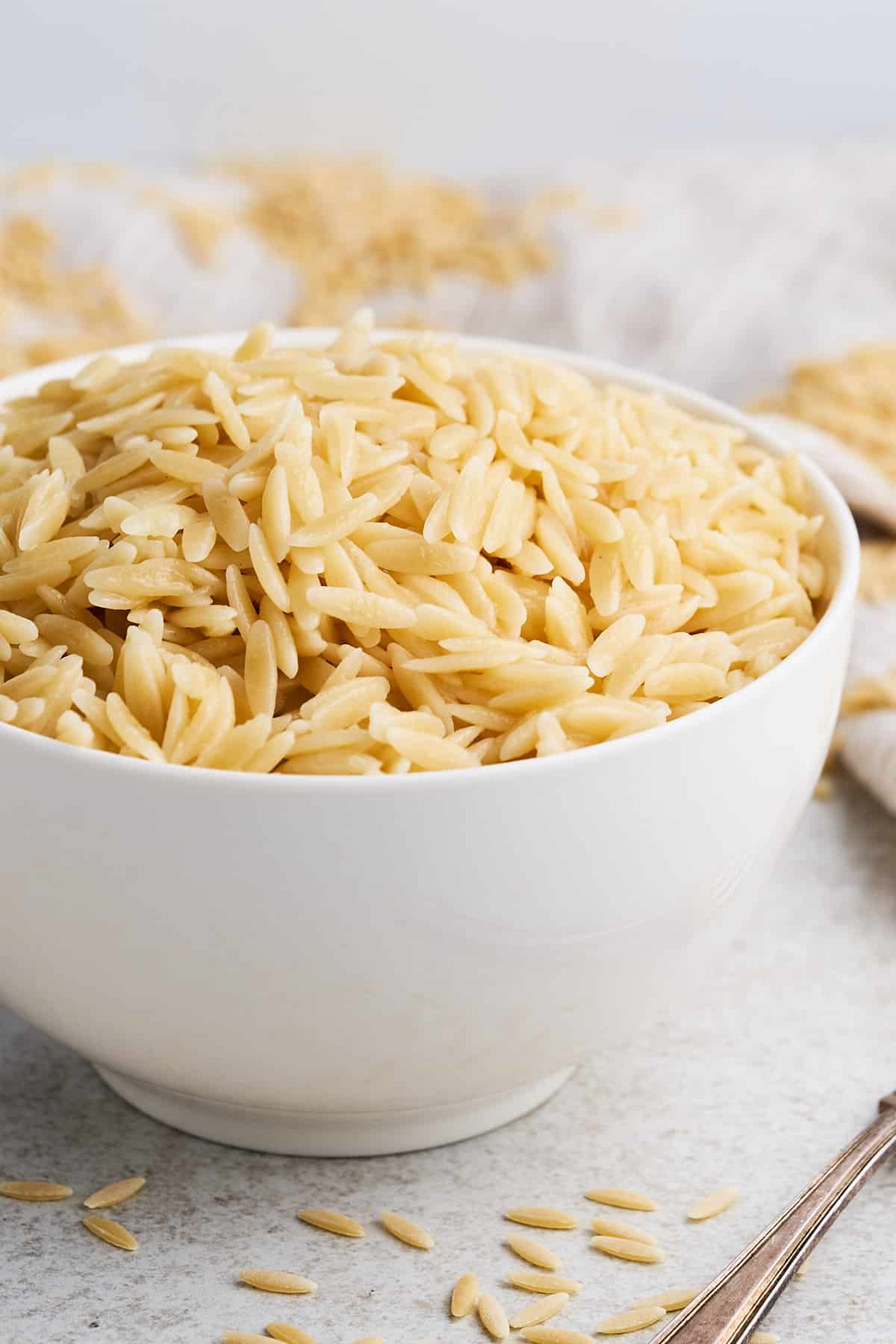
All about orzo
Orzo, also known as risoni, is a type of pasta that resembles large grains of rice. Originating from Italy, it’s made from semolina, a coarse-ground flour derived from durum wheat. This little pasta is an incredibly popular ingredient in Mediterranean cuisine, often mistaken for rice or barley due to its shape.
Given its quick cooking time and adaptability to a variety of seasonings, you can use orzo as a base for salads, a creamy side dish, or a component in soups. The flavor world is your oyster!
Orzo vs. rice
At first glance, orzo and rice might look strikingly similar due to their grain-like appearance. However, they come from two completely different culinary worlds!
Origins: While orzo is a type of Italian pasta made from wheat, rice is a grain that has been a staple in Asian cultures for centuries.
Texture: Orzo has a slightly chewy texture, characteristic of pasta, and can take on flavors from accompanying sauces or broths. Rice, on the other hand, can range from sticky to fluffy depending on the type of rice and preparation method, and has a more neutral, grainy flavor.
Nutrition: Both orzo and rice are high in carbohydrates, but rice is usually a whole grain (unless it’s white rice) and can offer a slightly different nutritional profile, including more vitamins and minerals. Orzo, like many pasta varieties, can be enriched with nutrients but doesn’t naturally contain the same array of vitamins and minerals as rice.
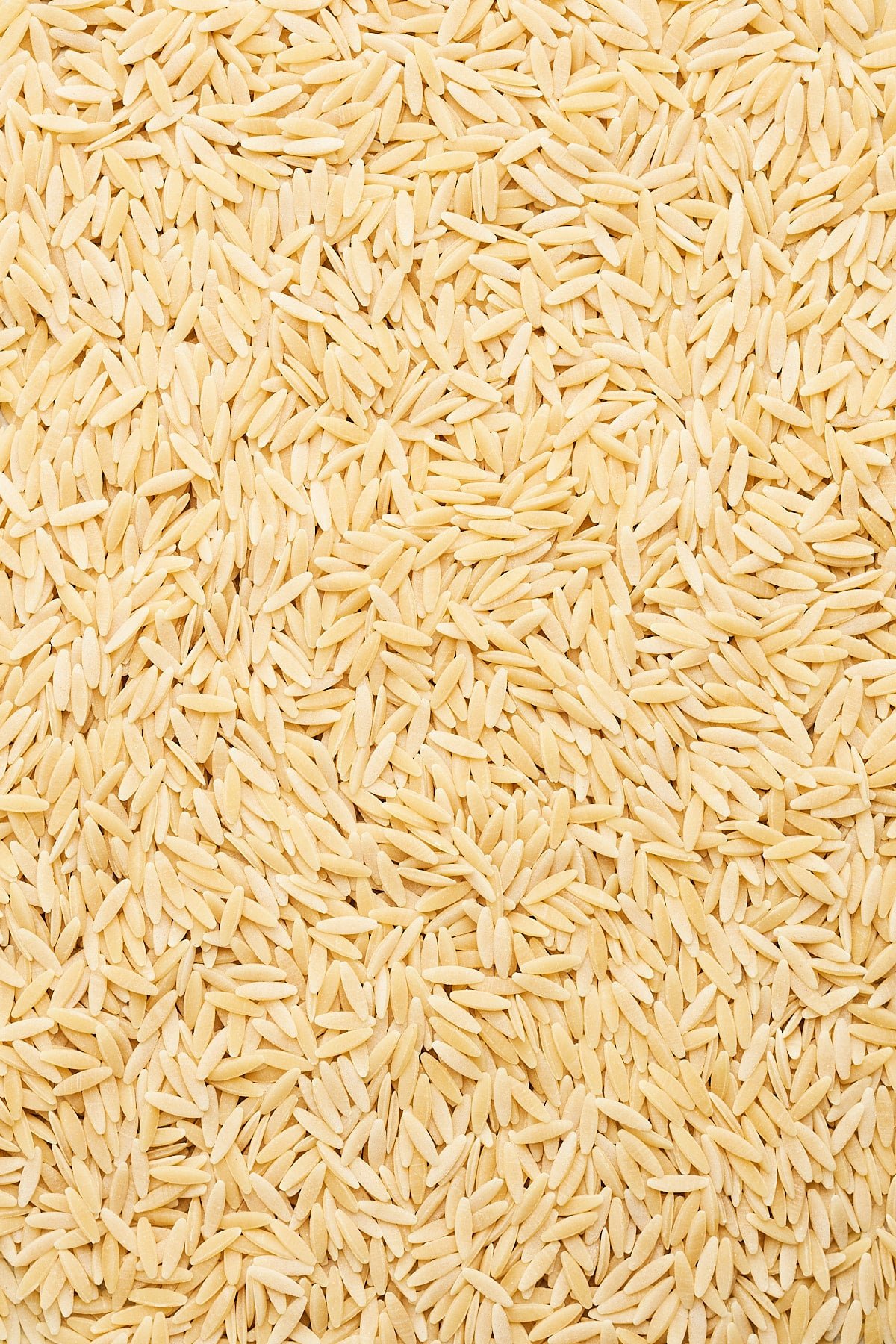
Orzo Dried to cooked measurements
If your recipe calls for cooked orzo measurements, here’s a handy conversion guide:
- 1 cup of dried orzo = about 2 cups of cooked orzo
- ½ cup of dried orzo = about 1 cup of cooked orzo
- 6 ounces of dried orzo = 1 cup of dried orzo
How to cook orzo (2 ways)
There are actually multiple ways you can cook orzo, but these two are my favorite since they’re so quick and easy. Here’s all you need to know:
Pilaf-style

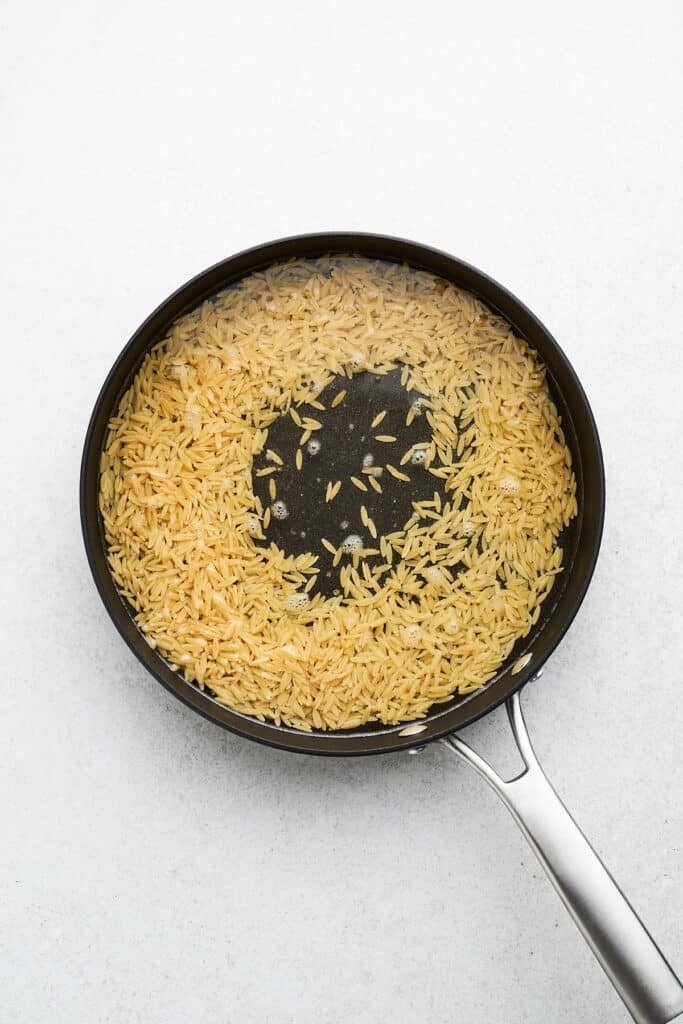
- Melt the butter: In a deep skillet or saucepan, melt some butter over medium heat.
- Toast the orzo: Add the orzo to the pan, coating it in the butter. Continue stirring occasionally until the orzo turns a light golden. This should take about 3-5 minutes.
- Add the broth: Slowly pour in water or vegetable broth and stir the mixture. You can add some salt and pepper here too.
- Simmer: Bring the mixture to a boil. Once boiling, reduce the heat to low, cover, and let it simmer until the orzo is tender and has absorbed the liquid, usually about 12-15 minutes.
Pasta-style
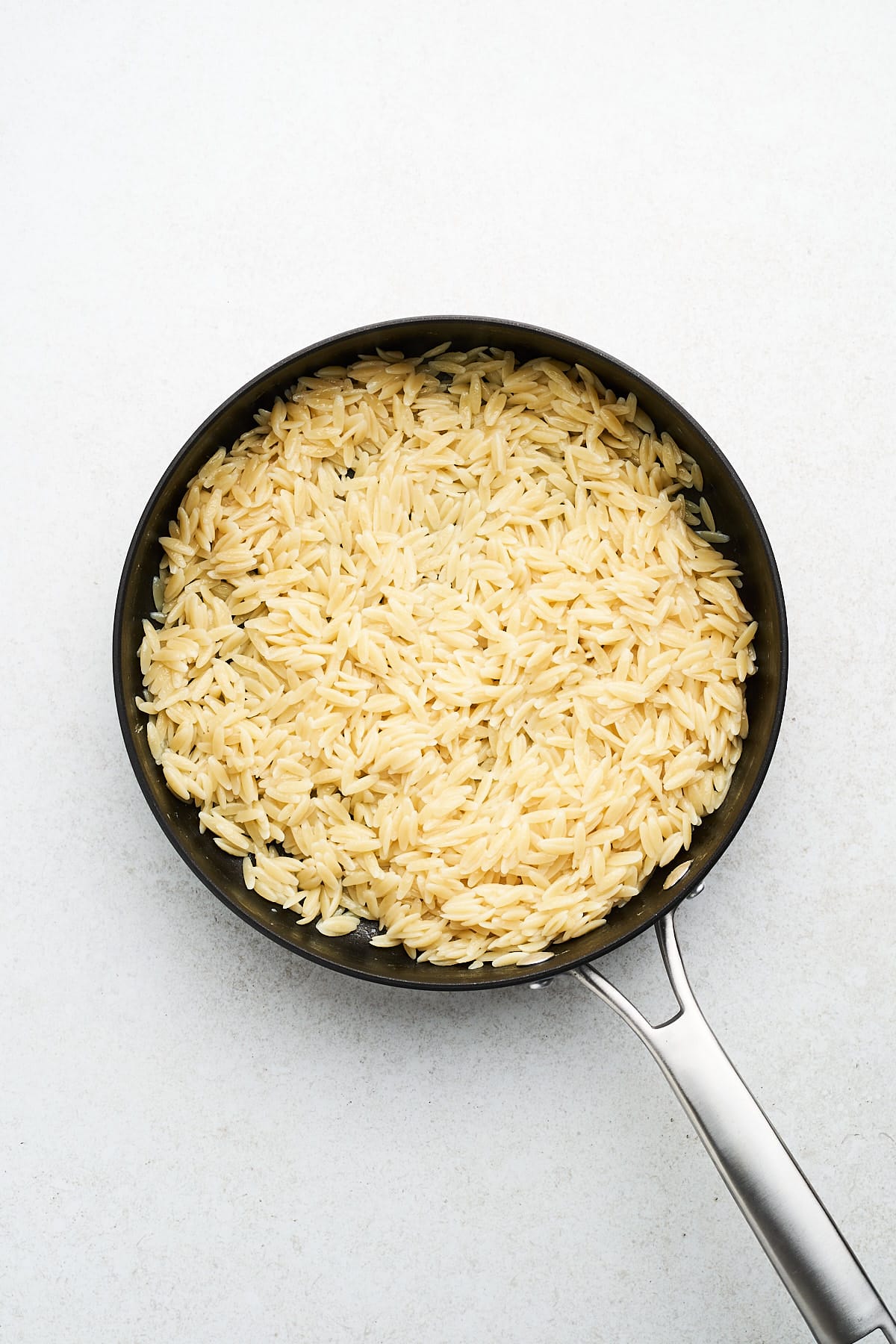
- Boil water: In a large pot, bring some water to a rolling boil.
- Salt the water: Add salt to the boiling water.
- Cook the orzo: Pour the orzo into the boiling water and let it boil for about 7-10 minutes, or until al dente. Taste test a piece to ensure it’s cooked to your liking.
- Drain: Once cooked, drain the orzo in a colander.
Tips
- Toast the orzo: Before cooking, I suggest toasting the orzo in a bit of butter or oil. This enhances the flavor and gives the orzo a gorgeous golden color.
- Salt the water: If you’re boiling your orzo like other pasta varieties, salt the water generously. This way the water flavors the orzo as it cooks.
- Quality orzo: Start with a good quality orzo. Look for brands that use durum wheat semolina, which gives a firm texture after cooking.
- Seasonings: Orzo pairs well with various herbs and spices. Don’t be shy about experimenting with flavors like thyme, rosemary, or oregano!
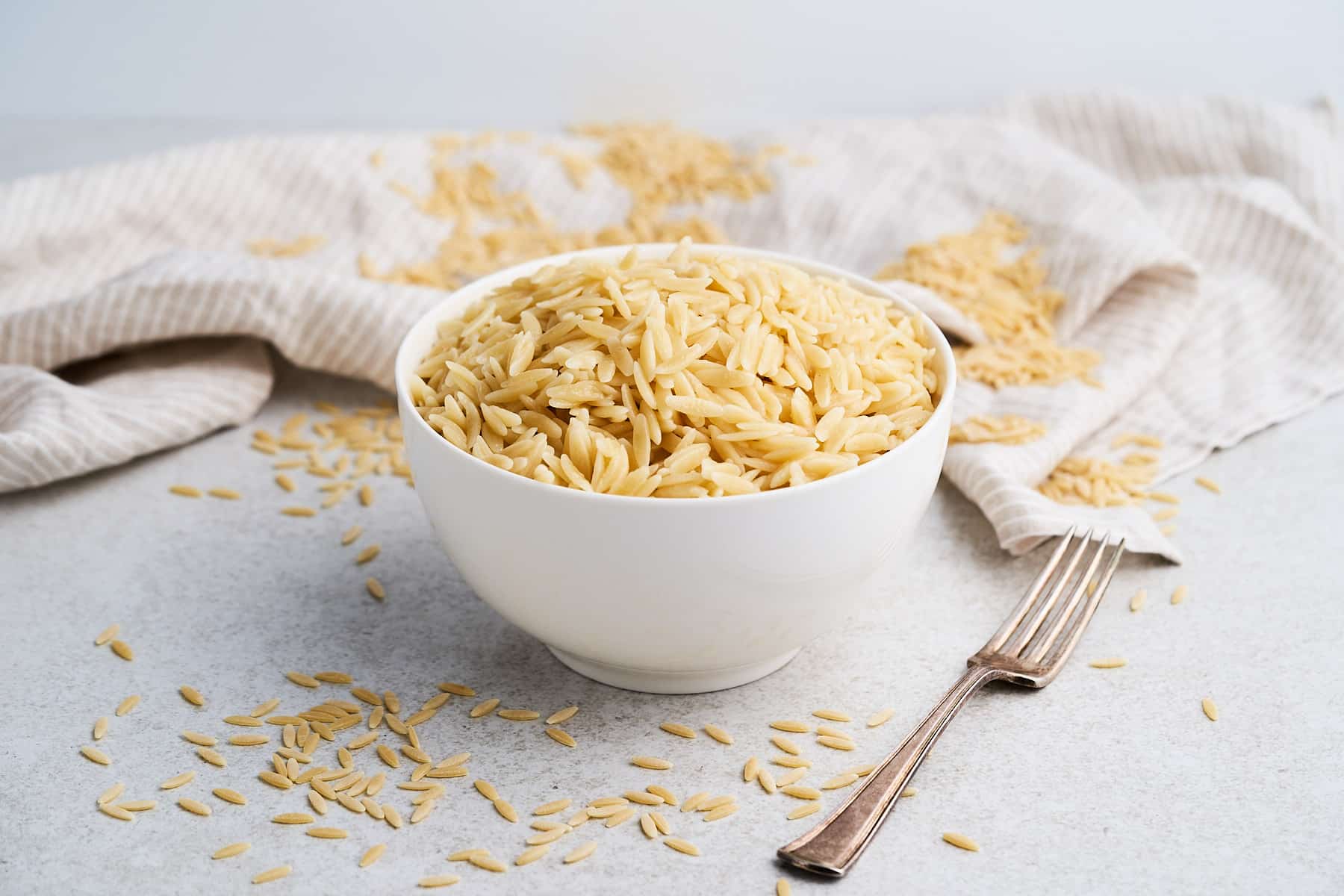
Storing & reheating
Making orzo is a quick and convenient idea for meal planning since it can be repurposed in a ton of different ways. Follow these tips to keep your orzo fresh:
- Fridge: Once cooled, store cooked orzo in an airtight container for up to 5 days.
- Freezer: Freeze leftovers in a sealed container or freezer-safe bag for up to 2 months.
- Reheating: When you’re ready to eat it again, warm it up on the stovetop with a splash of water or broth, or microwave until hot.
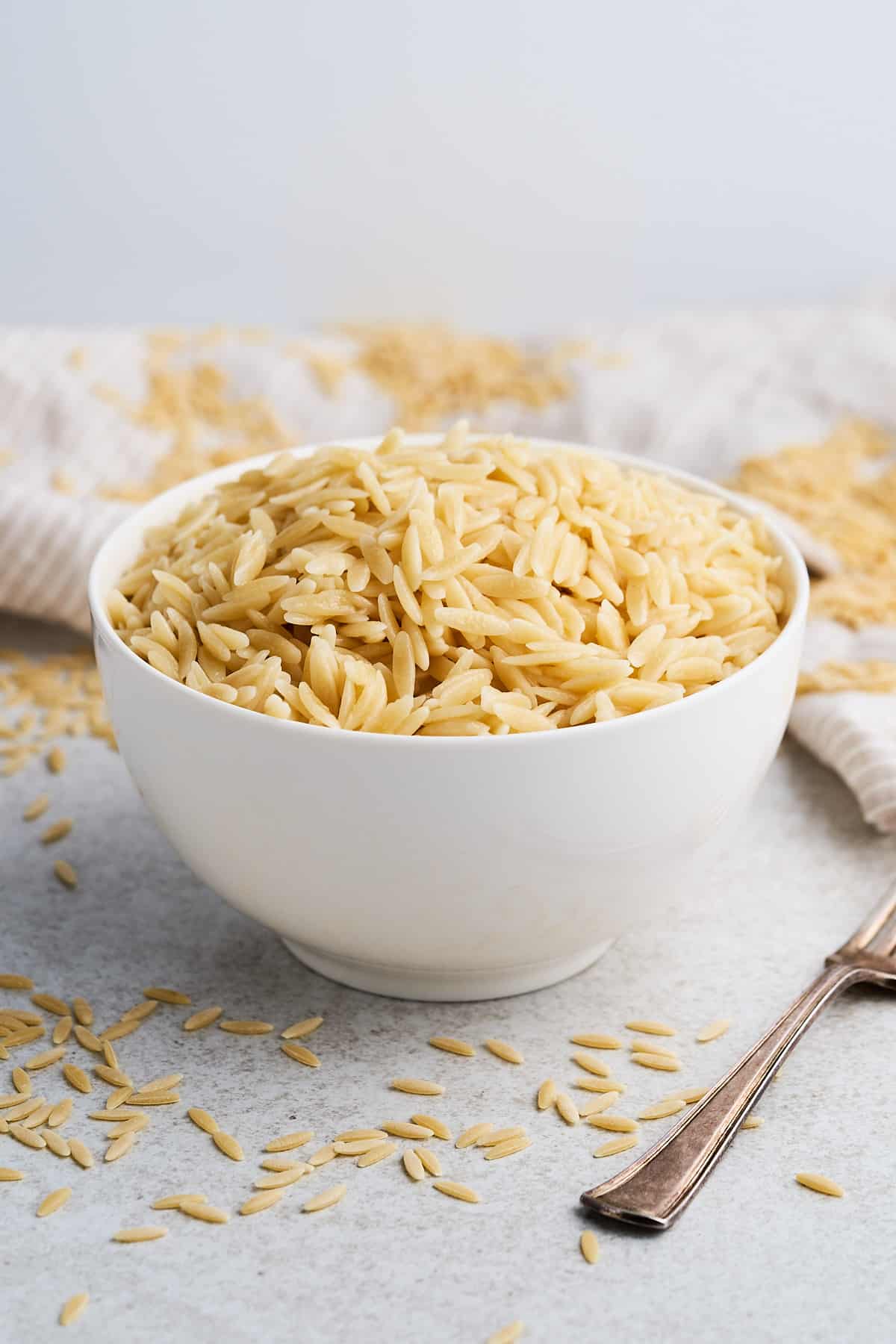
Recipes with orzo
Now that you know how to make orzo perfectly, test it out in some of these recipes:
- Salads: Try making Butternut Squash Orzo Salad or Chimichurri Orzo Salad.
- Risotto: Instead of rice, use orzo in Leek Risotto, Farro Risotto, Truffle Risotto, Lemon Risotto With Basil, or Mushroom Risotto.
- Soups: Make Wild Rice Soup with orzo instead of rice for a twist!
Orzo FAQs
Typically, orzo is made from wheat, so it’s not gluten-free. However, gluten-free versions made from alternative grains might be available at specialty stores.
If you’re boiling it, you can rinse the orzo before cooking to remove some starch and ensure you use enough water. Post-cooking, toss the drained orzo with olive oil to prevent clumping. For the pilaf method, toasting it in butter helps prevent sticking.
Overcooking or using too much water can lead to mushy orzo. To avoid this, measure the right amount of water or broth (especially when cooking pilaf-style) and monitor the cooking time closely. When cooking orzo pasta-style, aim for an al dente texture, which means the orzo should still have a slight bite to it.
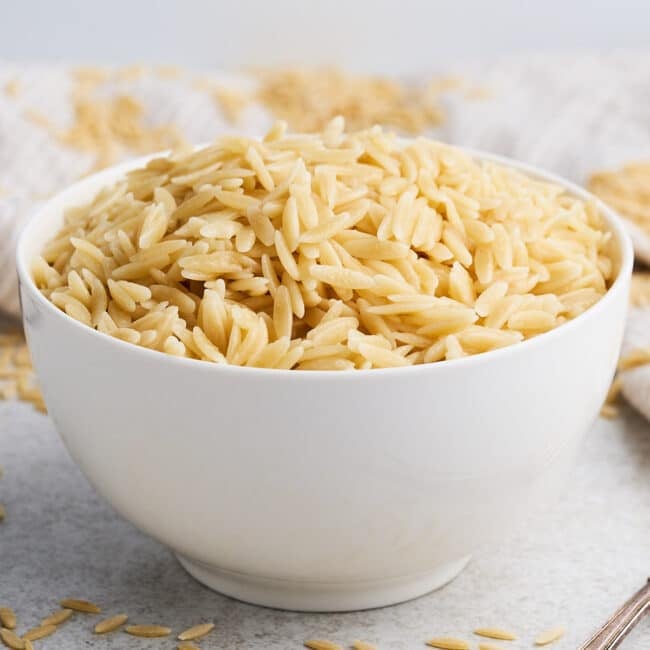
Ingredients
- 1-2 Tbsp butter or oil 15 to 30 g
- 1 cup orzo 120 g
- 2 cups water or broth 474 mL
- salt and pepper to taste
Instructions
Pilaf-Style Orzo
- Toast: In a deep skillet or saucepan, melt some butter over medium heat. Add the orzo to the pan, coating it in the butter. Continue stirring occasionally until the orzo turns a light golden. This should take about 3-5 minutes.
- Add Broth: Slowly pour in water or vegetable broth and stir the mixture. You can add some salt and pepper here too.
- Simmer: Bring the mixture to a boil. Once boiling, reduce the heat to low, cover, and let it simmer until the orzo is tender and has absorbed the liquid, usually about 12-15 minutes.
Pasta-Style Orzo
- Boil: In a large pot, bring water to a rolling boil. Add salt to the boiling water.
- Cook: Pour the orzo into the boiling water and let it boil for about 7-10 minutes, or until al dente. Taste test a piece to ensure it's cooked to your liking.
- Drain: Once cooked, drain the orzo in a colander.
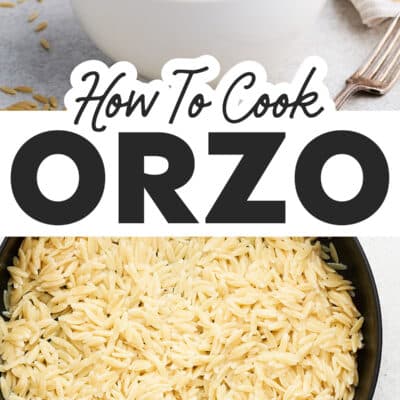
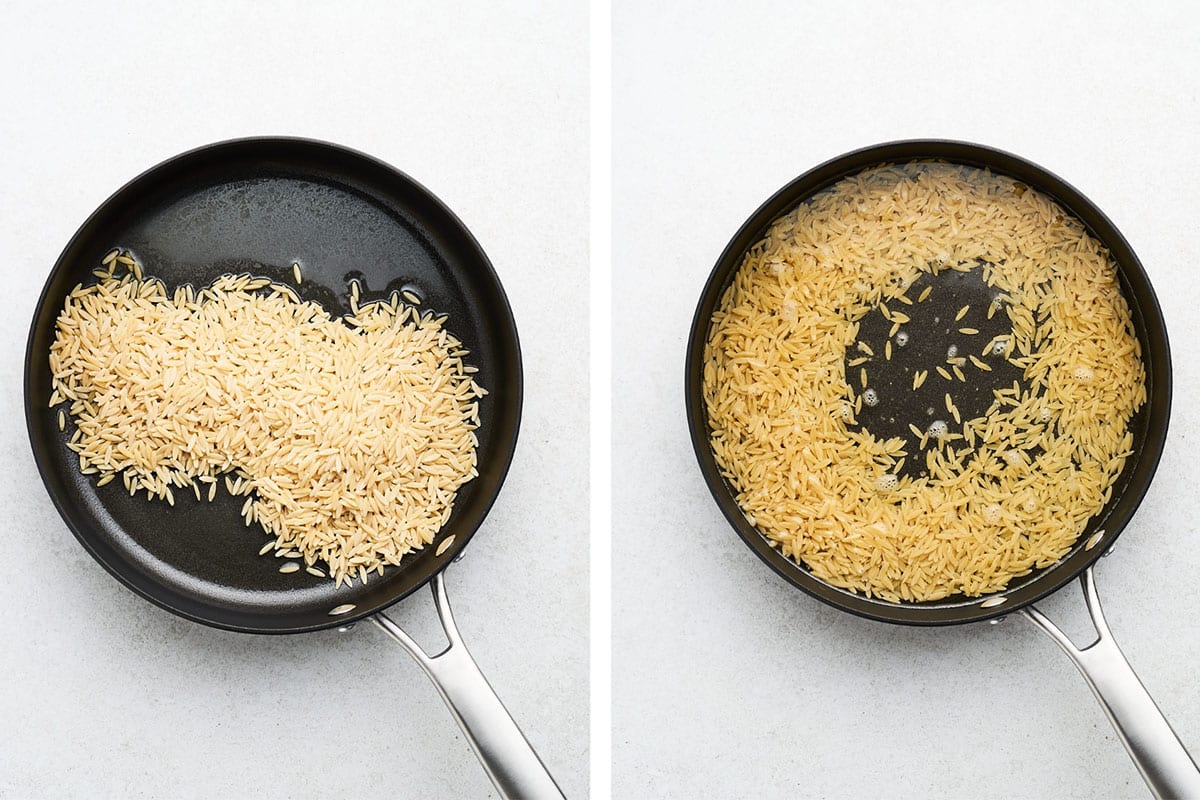
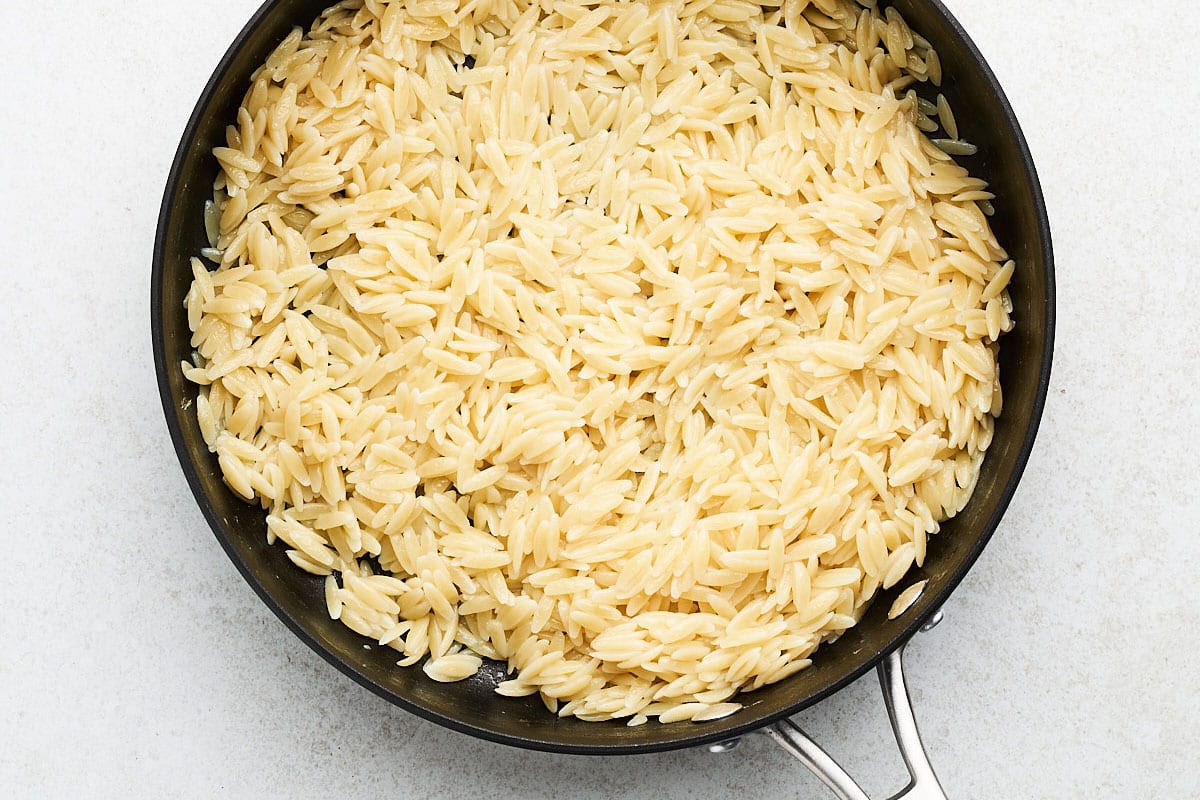
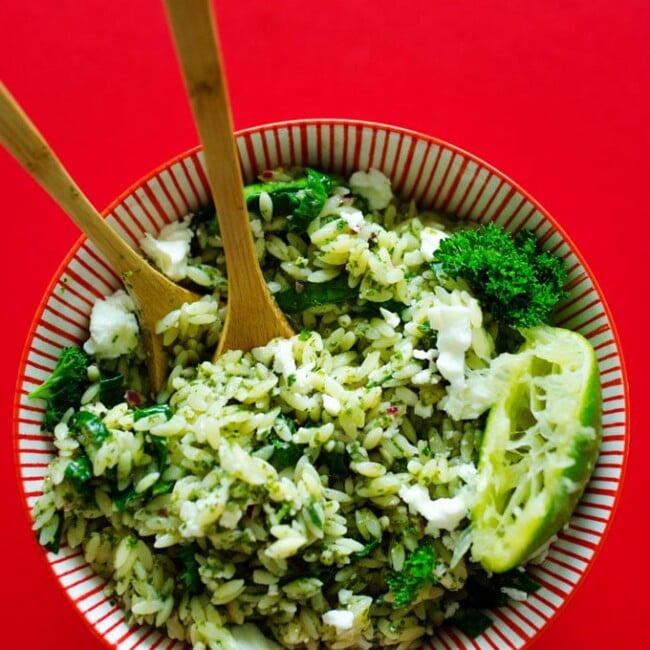
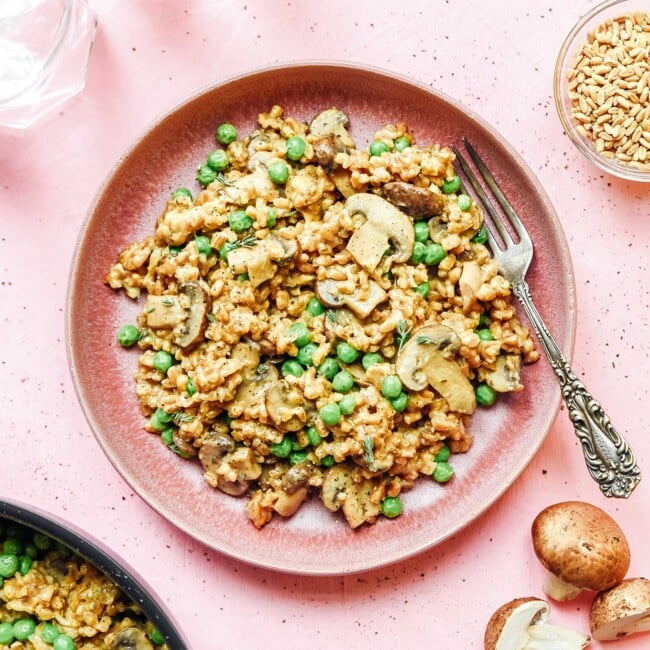
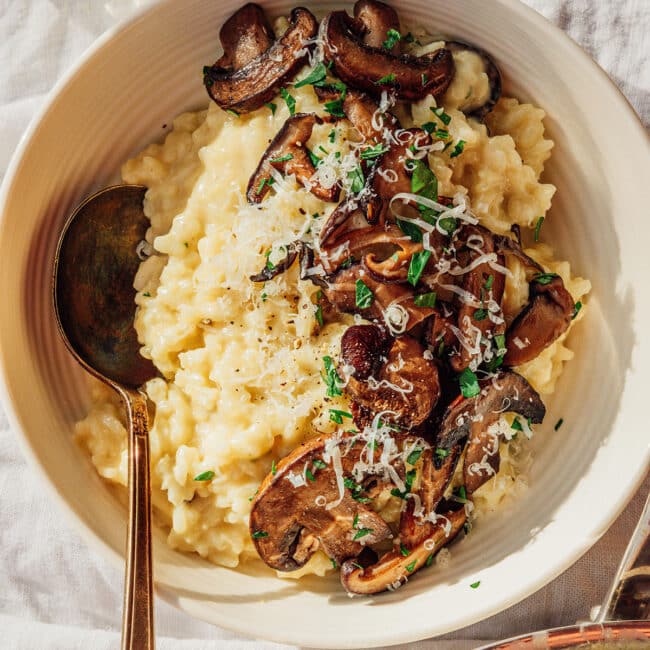
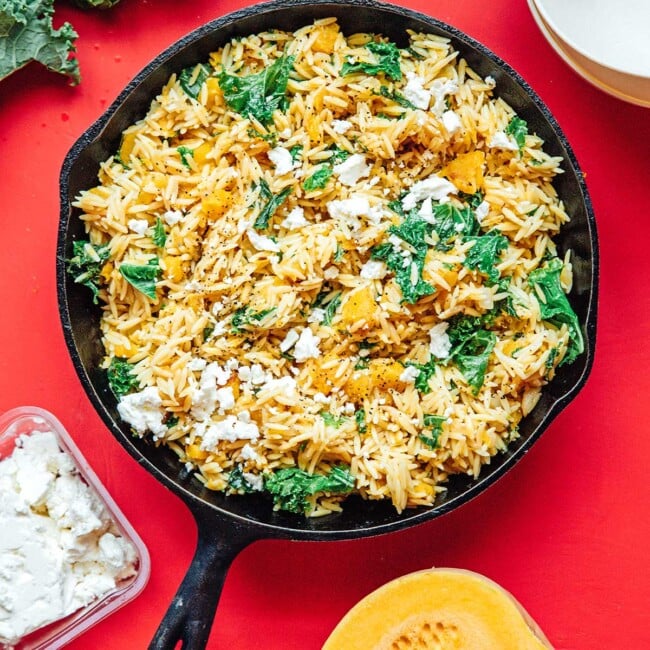
Leave a Comment